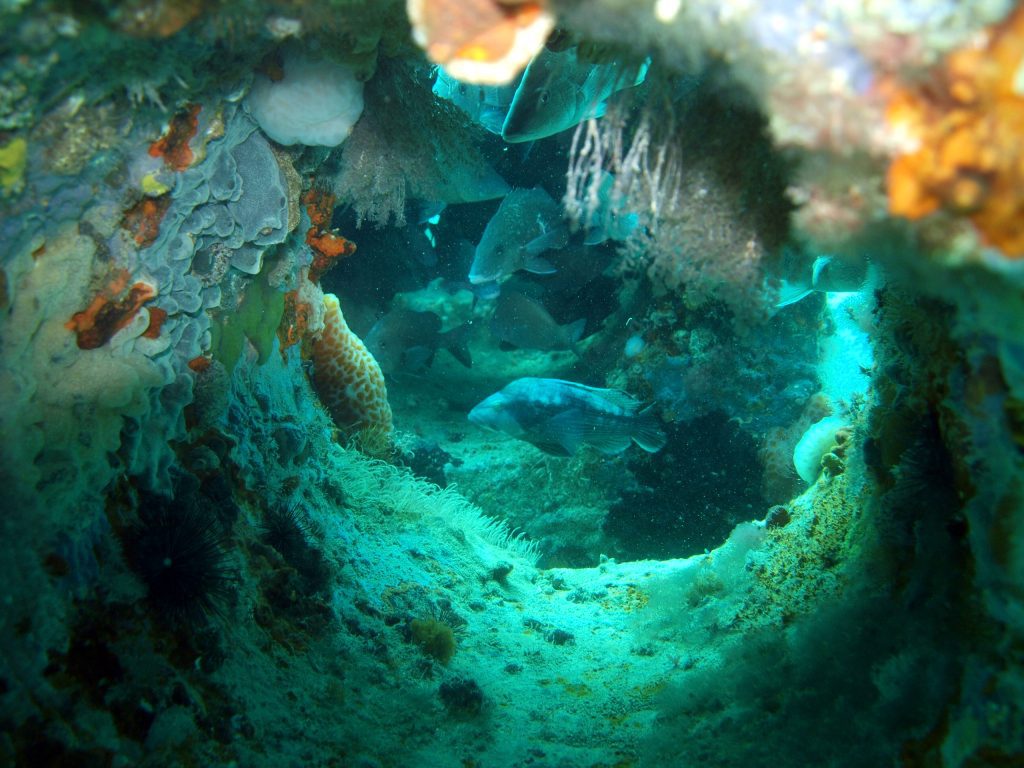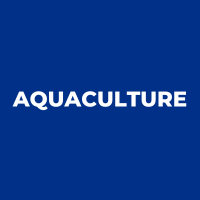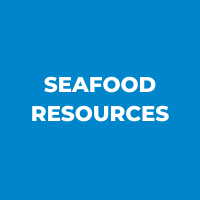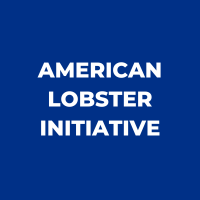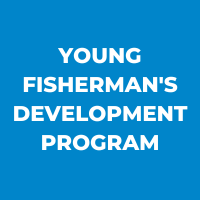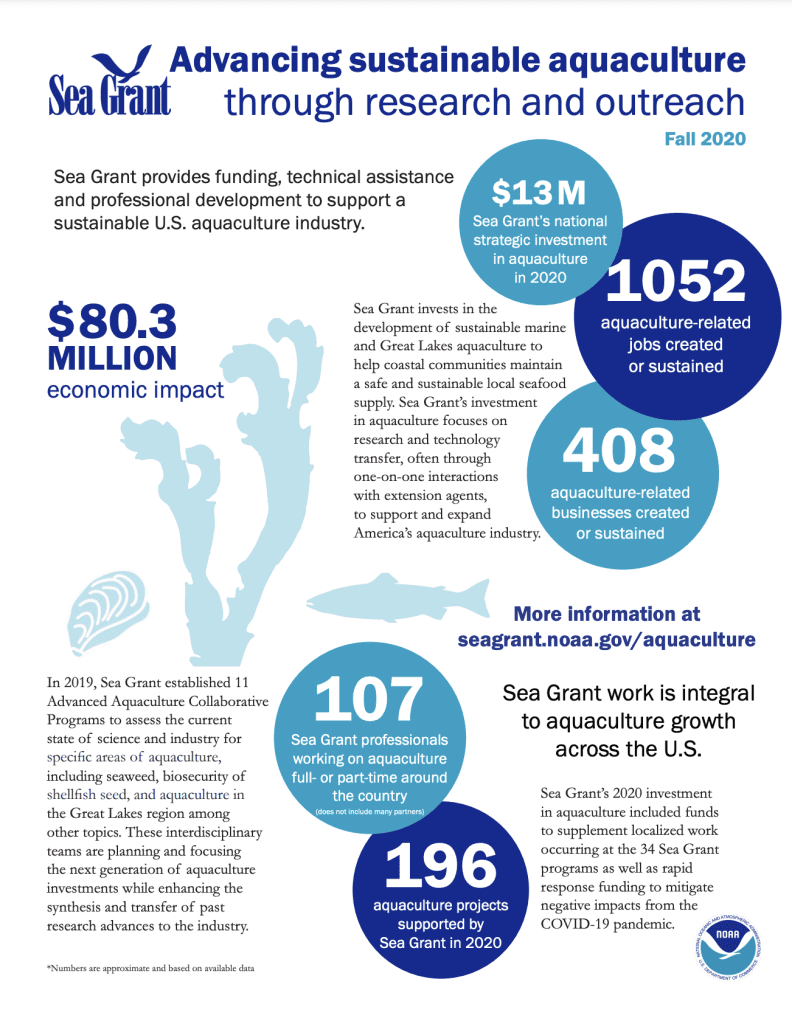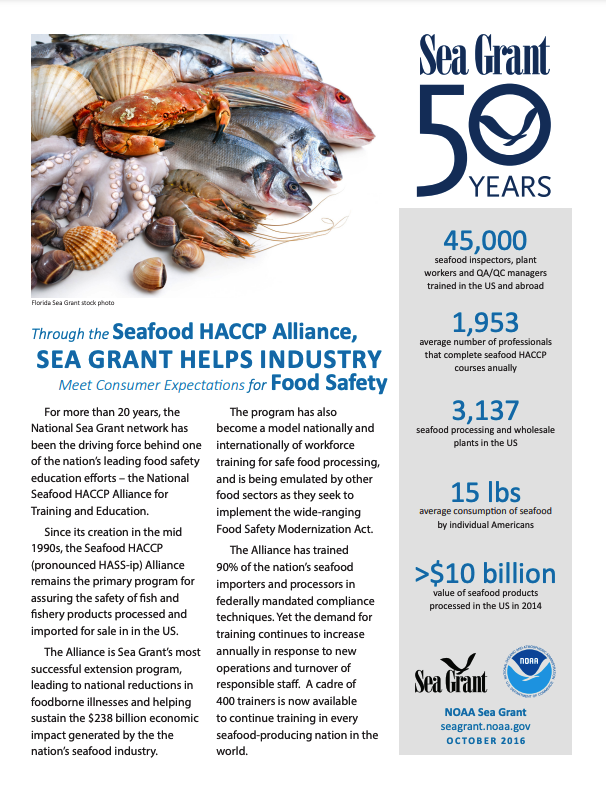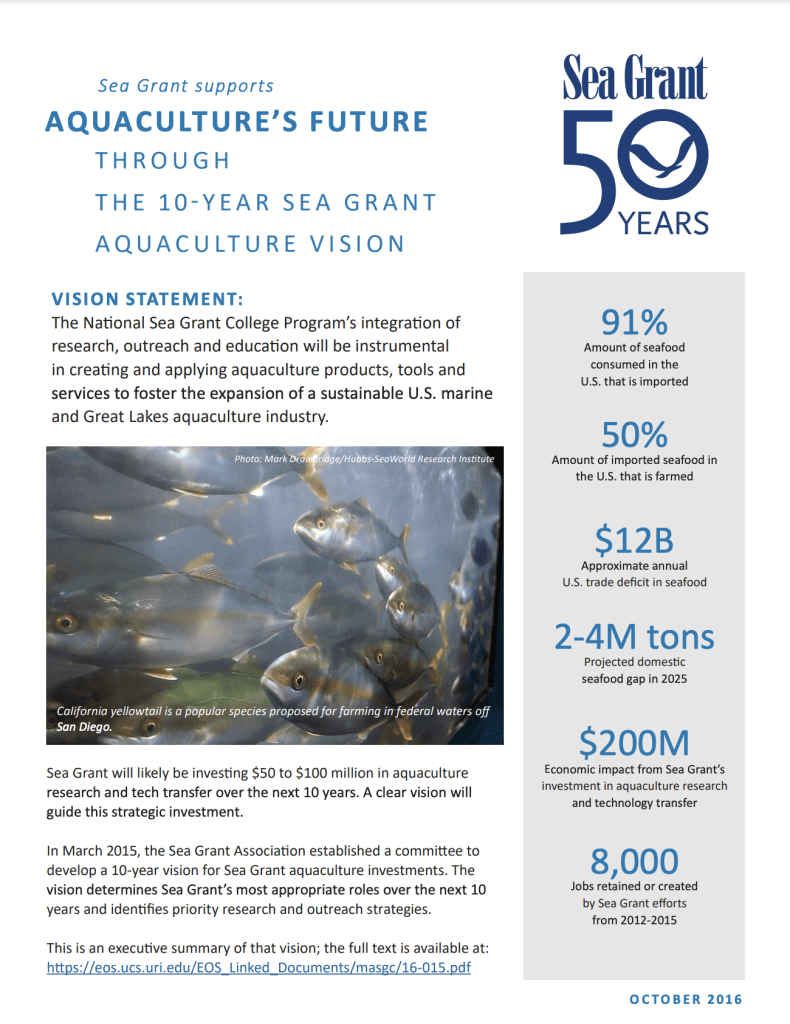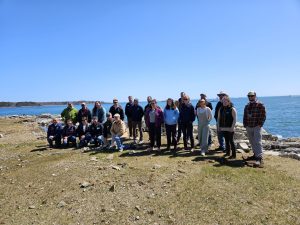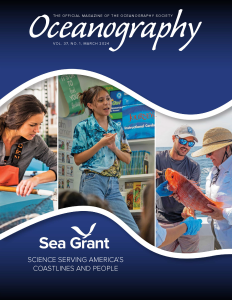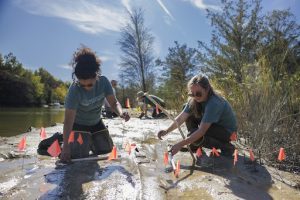Sustainable Fisheries and Aquaculture
Sea Grant is a leader in developing innovative technologies for all sectors of the seafood industry, including fishing, aquaculture, seafood processing and consumer safety. Research and extension efforts are focused on ensuring a safe and sustainable supply of seafood products for current and future generations.
Browse our relevant topic area pages below, or scroll to learn how Sea Grant supports sustainable fisheries and aquaculture.
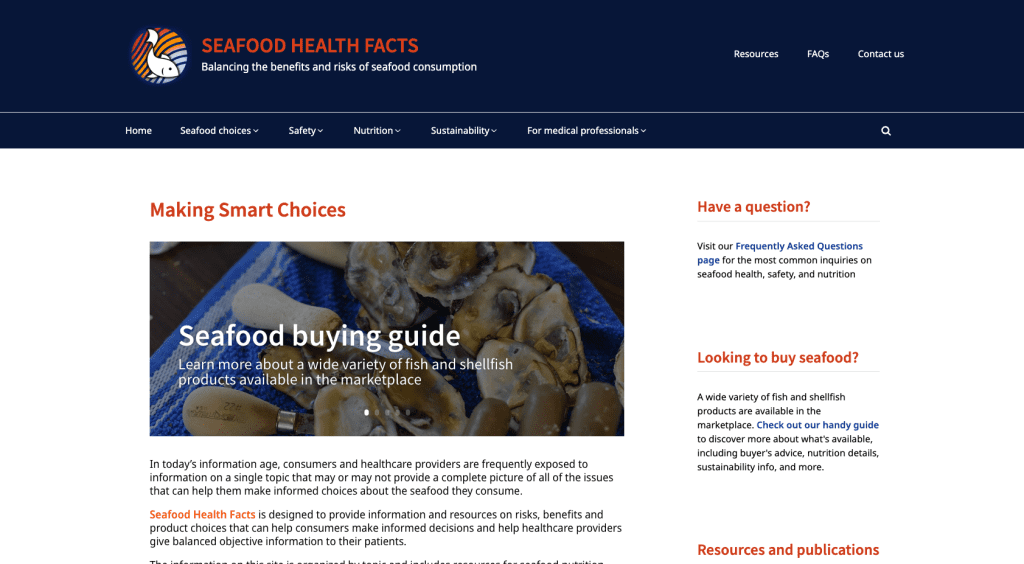
Meet the Experts
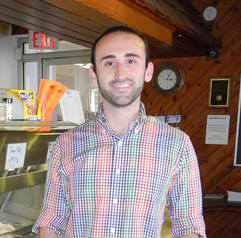

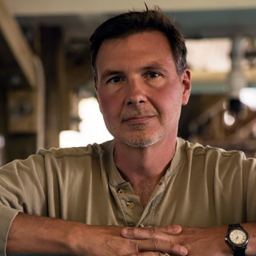

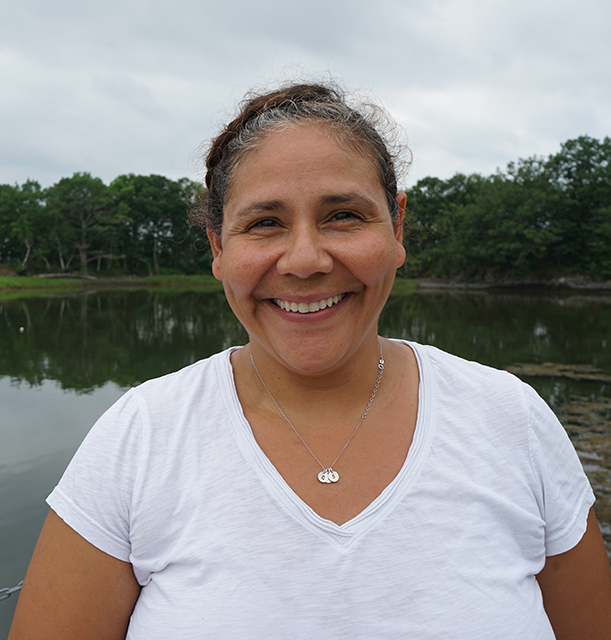

Story Highlights
Sea Grant invests in the development of sustainable marine and Great Lakes aquaculture businesses to help coastal communities maintain a safe and sustainable local seafood supply that complements, not replaces, wild-caught fisheries.
In the U.S., commercial aquaculture contributes to seafood supply by complementing wild fisheries. Aquaculture is the propagation and rearing of aquatic organisms for commercial purposes. It’s a great way of maintaining healthy and productive marine populations, species, ecosystems and coastal communities, and is a priority for the National Oceanic and Atmospheric Administration (NOAA).
Here at Sea Grant, we study oysters (a lot!), and we support hundreds of small businesses that grow, harvest, and serve oysters by providing training and technical assistance.
Fisheries is an integral part of the U.S. economy and is woven into many coastal communities. While up to 90% of seafood is currently imported into the U.S., Sea Grant works to support U.S. fisheries by connecting people with locally harvested bounty and by supporting those who provide it.
Like other perishable foods, foodborne illness caused by microorganisms or toxins is the primary food safety risk associated with seafood. Illness is usually associated with improper harvesting, handling, storage, or preparation. Seafood products that are often consumed raw, like oysters, have the highest risk. Other risks associated with environmental contaminants can be a concern for individuals, especially those who catch and eat their own fish or shellfish.
Eating seafood together is a central part of traditions for many coastal places and people. Sea Grant celebrates National Seafood Month with stories of the people behind the catch, helpful information on seafood safety, the scoop on aquaculture, and the impacts of Sea Grant aquaculture research. To finish it up, we’re celebrating the many delicious ways we eat and share seafood.
Sustainable Fisheries by the Numbers
*Metrics reported in Summer 2022 for work conducted February 1, 2021 to January 31, 2022. HACCP = Hazard Analysis and Critical Control Points training is required for certification to handle and distribute seafood products.
12471
FISHERs ADOPT SAFE AND SUSTAINABLE FISHING PRACTICES
1505
PEOPLE TRAINED IN SAFE SEAFOOD HANDLING (HACCP)
408
SEAFOOD BUSINESSES CREATED OR SUSTAINED
7
NOAA NMFS-SEA GRANT FELLOWS
Featured Sustainable Fisheries Impacts


Sea Grant Continues to Support the U.S. Aquaculture Industry with FY23 Investments
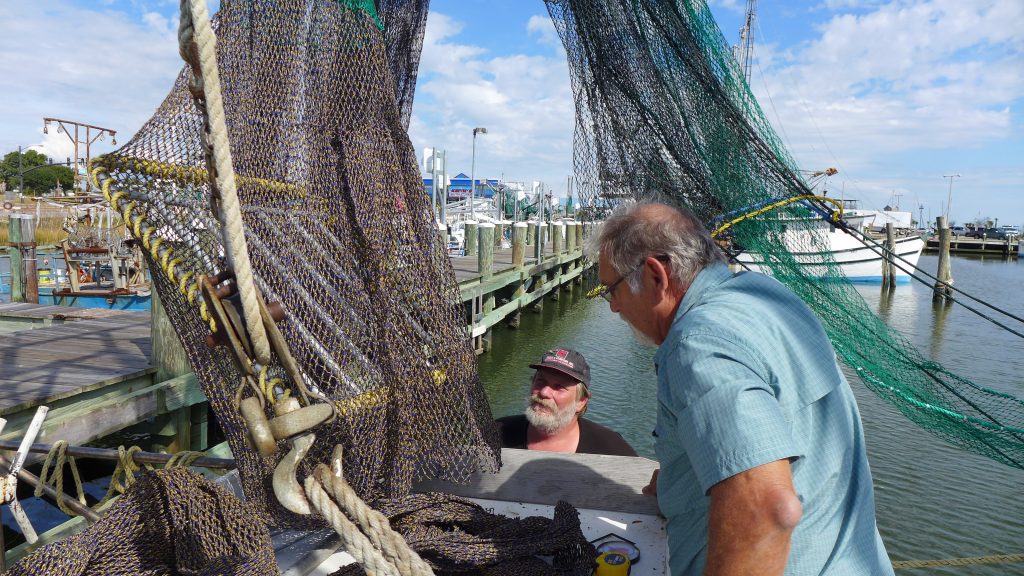

Louisiana Sea Grant Co-hosts Turtle Excluder Devices Compliance Workshops, Saved Commercial Fishermen $120,000 in Potential Fines
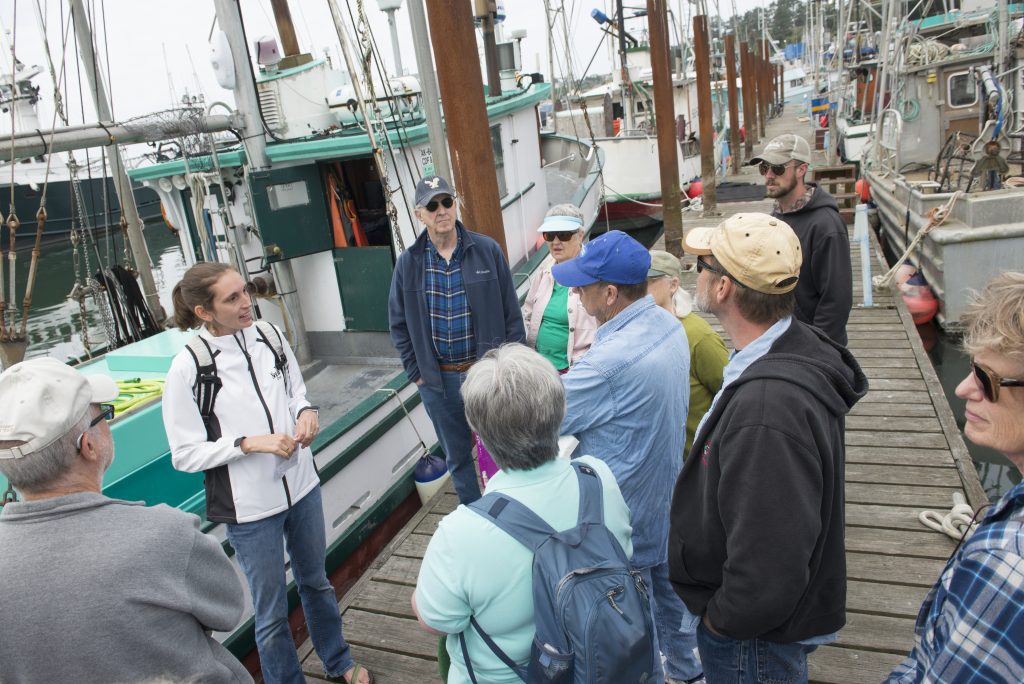

Oregon Sea Grant’s “Shop on the Dock” Connects Seafood Buyers with Fishermen
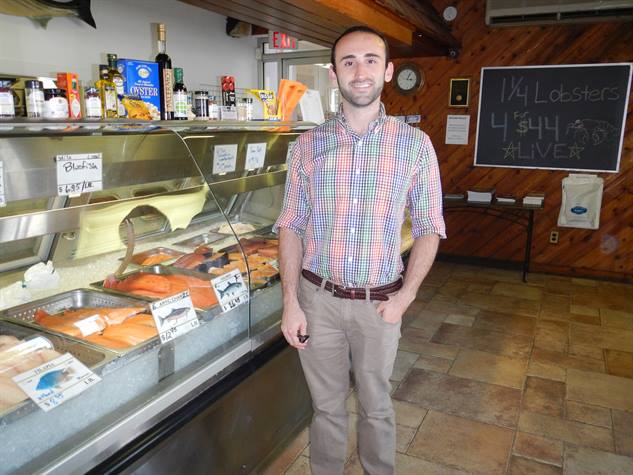

New York Sea Grant Advances the Control of a Foodborne Pathogen on Cold Smoked Salmon
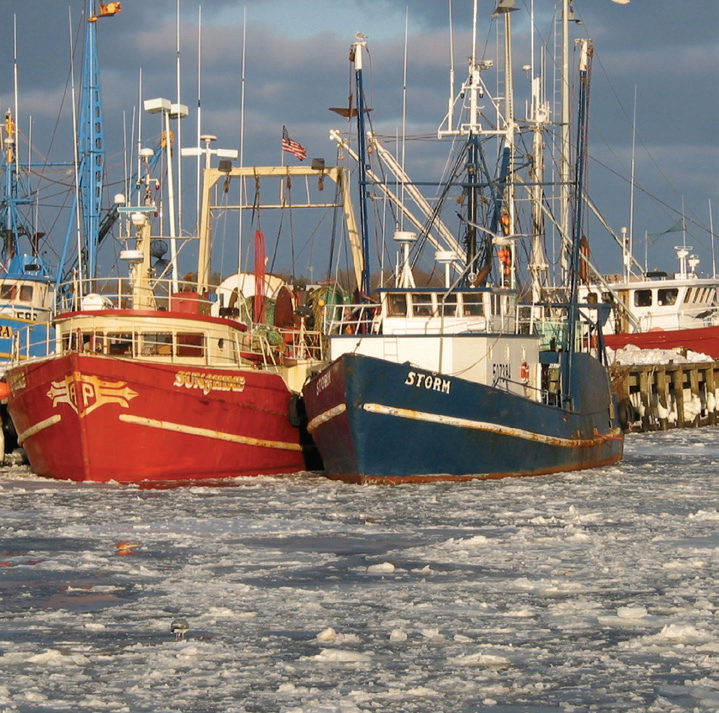
MIT Sea Grant Helps Managers Consider Social Impact of Fishing Regulations
